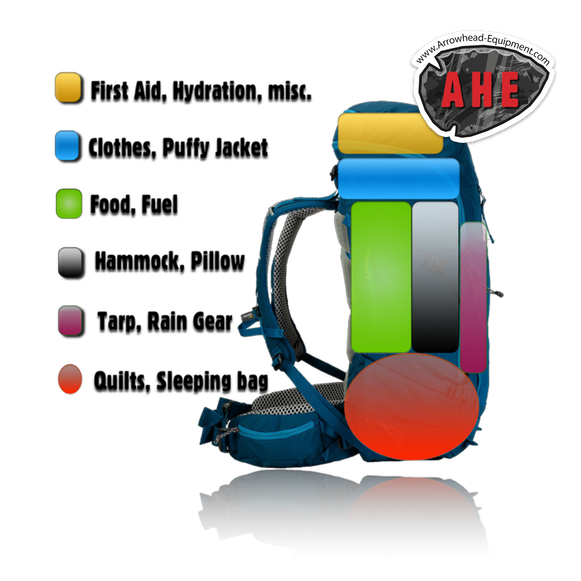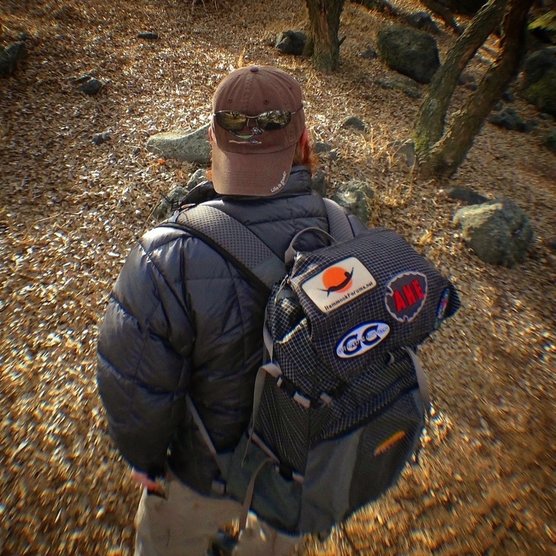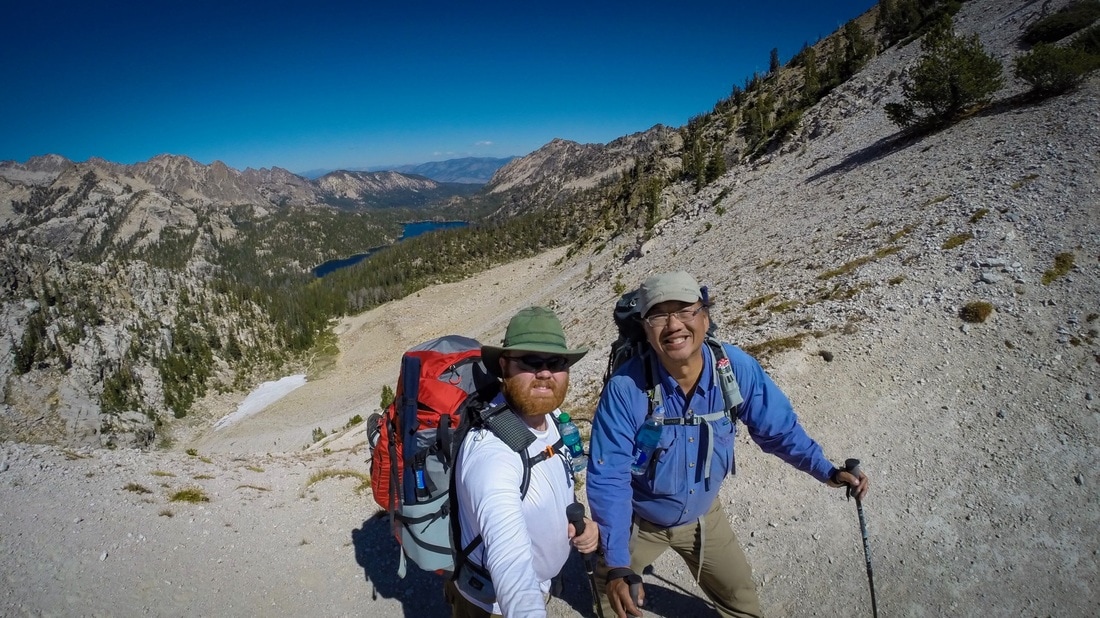|
Lost of folks have questions about how exactly to adjust how they pack their gear with hammock camping in mind. They find that the few different pieces of gear just don't seem to fit in with how they have been loading their gear for a trip. What should be done with the tarp? Where in the pack does my hammock go? How do I adjust the load distribution? For the most part, your core gear will remain in the same areas and the load distribution should be similar to your old groundling gear. But a few gear pieces like your tarp is probably unique to your set up now. Let's break things down into 6 main categories and discuss what gear goes into those categories and how to organize each. We will start at the bottom of the pack and work upward from there as that's the best way to load your gear. Sleeping gear - This will be your bulkiest gear items and the base of your pack as they squish down with weight on top of them. For a hammock camper this will be your quilts or sleeping bag. I also lump in any extra clothing items like a sleeping clothing such as thermal layers, Change of socks - shirt - pants and the like. Food, fuel and cooking gear - This is the heavy items. Your food and fuel tend to be the densest and heaviest items that go into your pack. They should be loaded against the back and from mid back to shoulder height in side of your pack. I tend to add in my cook kit to this area as well as I need both food and cooking gear at the same time and if in bear country both will need to be hung together out of reach with a Bear Line. Hammock and Sleep System accessories - Next outward from your food should be your hammock and any sleep system accessories. I pack my hammock and pillow, buff, together in this area to fill in around the food bag, stabilizing it from shifting. Insulation Clothing - Still in the main compartment of the pack above the food bag and hammock should be room for insulation clothing layers. This is stuff like your puffy jacket, warm hat and other light weight gear that you want access to without digging to the bottom. If you stop for a long break or lunch you may want to layer up with your jacket, hat and gloves in cool weather but you won't want to dig to the bottom of your pack to get them. Keep them near the top for easy access and easy re-packing when you get back on the move. First Aid, Hydration, miscellaneous accessories - In the top panel pocket of your pack is the perfect place to store things that you may need fast or regular access to while hiking. In this pocket I tend to keep my First Aid Kit, Hydration gear, Rest Room kit, photography gear, knife and fishing gear. These are things that I want to be able to get to without digging into the main compartment of my pack. Occasionally I will also have a snack stored in the top pocket so I don't need to dig to deep in the pack for something to eat along the trail, just remember to unpack any wrappers at camp and bear bag them with the rest of your food. Tarp and Rain Gear - For hammock campers our shelter is our tarp. It is what keeps the rain, snow and even the sun off our sleep gear night and day. Having it and the gear to set it up handy are important...as well as keeping a wet tarp separated from our insulation and dry clothing. Pack your tarp in the outer pocket of your pack along with any Ridgeline, Guy lines and Stakes. This makes it the first thing out of your pack at camp and the last thing in when your pack up again. I also like to put my rain jacket in that pocket along with my foot pad. On a break the foot pad becomes a sit pad on the log, and should a storm come up while hiking my rain jacket is easy to get to at a moments notice. Hope that these tips help you with your gear packing and organization for this years trips. If you have any questions at all please leave a comment and we will do the best we can to help you get the most out of your gear and trips.
Paul @ AHE
4 Comments
Hey Paul,
Reply
2/24/2017 05:43:04 pm
Hey Nathan sorry for not getting back to you sooner, missed the notification of your comment. I really like Osprey Packs in general. The build quality is great and they have outstanding customer service. But I also always recommend going to a local shop and trying on a lot of packs. If they have good customer service have them walk you through a pack fit....a good pack fit will take 30 minutes minimum. If they don't take that much time with you go on to the next shop and so on. Go with the pack that fits you and your gear best. Take you gear in or make a second trip to test your gear in the pack if the shop is a good one they will be cool with it. Try a few brands and go with the one that fits you best.
Reply
Brandon
7/10/2017 12:48:41 am
I just got back from a 22 mile out and back in the Golden Trout Wilderness. This was my second backpacking trip and third time ever camping. I have a Teton 55L pack and had just enough room for my hammock (WBB), tarp, clothes, cup, misc., and the required bear canister. I have absolutely no idea how you also fit a sleeping bag or quilts. I froze various body parts and got zero sleep. Everywhere I look online says you need a 40-50L pack for a 2-3 day trip. Not only that, but this thing was waaay heavy. Granted I overpacked on food and clothes, and the bear thing was pretty heavy/bulky. Still there's no way I could fit a sleeping bag, let alone a pillow.
Reply
Your comment will be posted after it is approved.
Leave a Reply. |
AHE CrewWhats up at AHE, What Happening is our mini Blog about the day to day things that we are working on. Check back Frequently for updates, In Stock items, Specials, Trip Plans (yes that you can join us on) and what ever else pops up. Archives
January 2024
Categories |
Copyright © 2024




 RSS Feed
RSS Feed